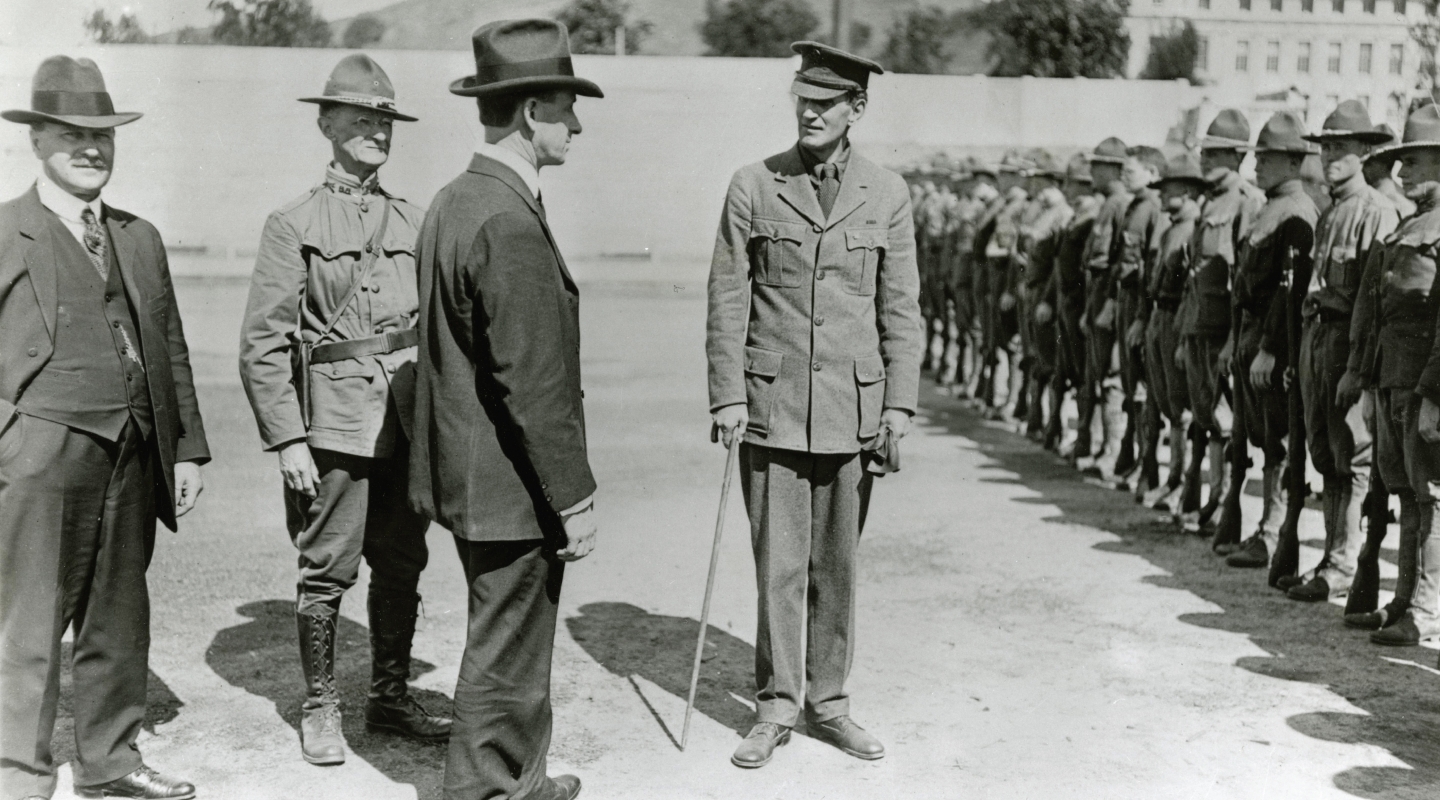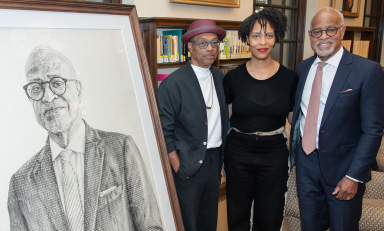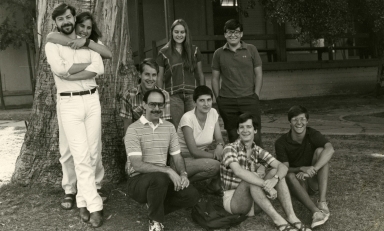The Spanish flu pandemic of 1918–19 claimed the lives of more than 675,000 Americans and shut down the College for seven weeks—but it could have been even worse for Oxy
The numbers were alarming: 22 cases of the virus reported on Monday, 36 on Tuesday, 64 on Wednesday, and 200 on Thursday.
After conferring with public health officials in Los Angeles, the mayor made a decision before the week came to an end: All public gatherings would be banned and all schools, colleges, churches, theaters, and other places of amusement in the city would be closed until further notice.
It sounds all too familiar in the era of COVID-19 and coronavirus, but this particular sequence of events unfolded in October 1918 as the Spanish flu pandemic swept across the country. Little remembered today, Los Angeles Mayor Frederick Woodman’s decisive action is credited with giving the City of Angels one of the country’s lowest big-city mortality rates during the epidemic.
It also was responsible for shutting down Occidental for seven weeks—the first time a public health emergency suddenly disrupted the College’s operations.
In that pre-Internet era, Oxy had no choice but to end classes and send students home. But just days prior to Woodman’s October 10 order, the College’s new Student Army Training Corps (SATC) program had officially begun, part of a nationwide campus initiative run by the U.S. War Department. The precursor to today’s ROTC program had produced the largest freshman class and largest overall enrollment in Oxy history—179 first-year men, compared with just 54 the previous year. The influx of men for the war effort boosted total enrollment to a record 462.
Because SATC was a federal program, it was exempt from the mayor’s order. While other students went home, SATC cadets stayed on campus and continued to attend classes and drill—even after the war ended on November 11. “Despite the fact that the war was over, the men are working as hard as ever with their training in hopes that they may be of some service yet,” the Los Angeles Times reported November 18, the day after the opening of Oxy’s new SATC mess hall. Bruce Kirkpatrick of the Class of 1920 later joked, “During the short life of this unit the men of ’22 conducted themselves with valor, especially when they placed themselves in the chair of the company barber, Frank Nelson. … Many of his customers earned but did not receive the Purple Heart.”
But even on the city’s outskirts in then semi-rural Eagle Rock, the flu was no laughing matter. A total of 135 cases were reported at Oxy during the citywide shutdown—but no deaths. “Occidental is the healthiest spot in Southern California, according to the health authorities,” The Occidental reported. “In other local SATC organizations death claimed several of the members.” SATC also proved a boon for the financial health of the College—the War Department continued to pay the College $1 a day per cadet plus a daily equivalent of Occidental’s $100 annual tuition during the seven-week closure.
By late November, Oxy President Silas Evans—who had taken office less than 18 months earlier—was fielding growing numbers of questions as to when classes would begin again. “Watch the papers,” Evans said in a statement to The Occidental. “We cannot make any certain predictions. … The day the ban is removed is the day that school duties are renewed for all students.” As for how the lost time would be made up, Evans said it would likely be through a combination of some Saturday classes, shorter vacations, and an extension of the school year.
When the Occidental Board of Trustees met on December 6, four days after the city’s ban was lifted and classes resumed, Evans noted with considerable understatement, “This school year has been one of readjustment. The college … had to meet the requirements of the Government for a war program, and recently readjust again to the peace program, with the embarrassment of the influenza being added to our difficulties.”
And yet, looking ahead, he was upbeat. “It has been on the whole a splendid experience; a great good will come out of it,” he said. “The waters have been seriously disturbed but there is health in the flow as a consequence. Education means more and has better purpose than was possible before the war.”
Main photo: President Silas Evans, center, reviews military cadets on campus in 1918. The presence of the Student Army Training Corps was a financial boon to Oxy during the Spanish flu pandemic (photo courtesy Occidental College Special Collections).




